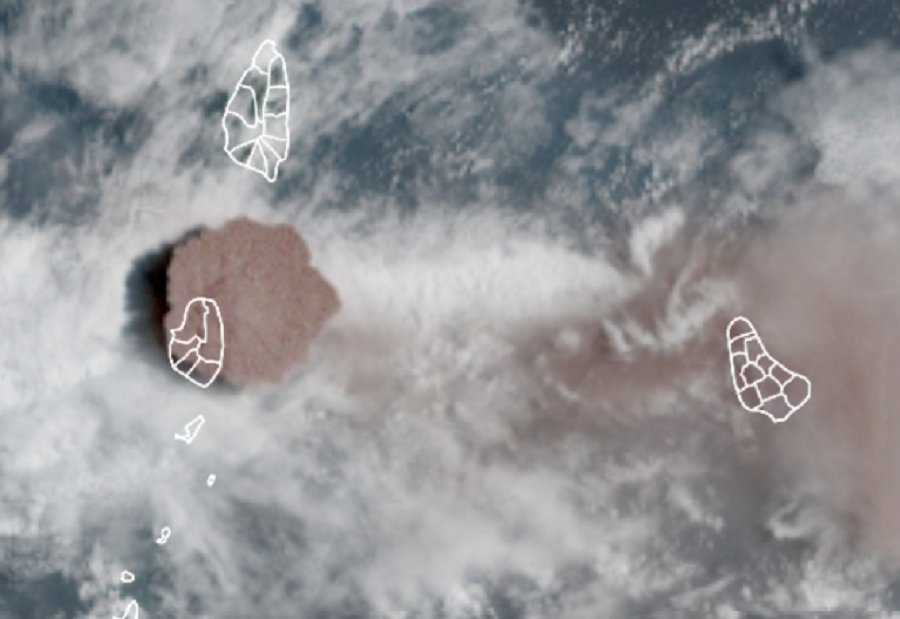
The largest eruption yet has rocked the Caribbean Island of St. Vincent, with the La Soufriere Volcano sending a massive cloud of ash and gas high into the sky. In addition to erupting up, the volcano also erupted out, sending a catastrophic pyroclastic flow outward too.
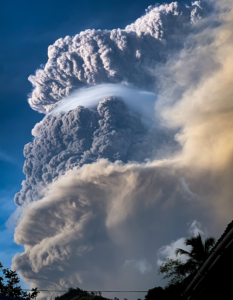
A pyroclastic flow is an avalanche of super-heated gas and debris traveling at speeds of over 100 mph. At a press conference held yesterday, University of the West Indies Seismic Research Centre’s lead scientist Richard Robertson said conditions will become worse than they get better, with monitoring equipment showing no signs of the volcano slowing down anytime soon.
“That means it’s probably, unfortunately, going to cause more damage and destruction to St. Vincent,” Robertson said.
Heavy ash continues to fall on St. Vincent, accumulating inches thick in parts of the island. Heavy ash fall is also occurring on Barbados, an island located 100 miles to the east of St. Vincent and the Grenadines. Ash has also been spreading to islands to the north, with Guadeloupe, Dominica, Martinique, and St. Lucia dealing with lighter amounts for now. With time, it is possible the volcanic ash could spread to St. Kitts and Nevis and Antigua and Barbuda.
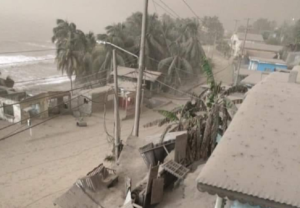
Unlike ash from a fireplace or a fire pit, volcanic ash is actually pulverized rock, grounded and crunched into a fine, abrasive powder from the extreme forces associated with an explosively erupting volcano. Ash will hurt ones lungs and eyes and people in ash fall areas need to wear protective gear if they need to be outside.
Embedded in the ash is other volcanic debris. Across the northern half of St. Vincent, large pebbles and rocks are also falling with the ash; some rocks are as large as 3-4″ wide. These rocks could be scalding hot and could ignite fires where they land.
When mixed with water, the ash becomes concrete-like in nature. The ash is so heavy and thick that it’s knocking down plants and trees and starting to knock down structures too, with roofs not designed to handle the load of heavy ash.
Volcanic ash can create significant harm to jet engines that fly through them or boat and automobile engines that ingest ash-filled air. Volcanic ash is hard and abrasive, and can quickly cause significant wear to various airplane parts such as propellers, turbo-compressor blades, and even cockpit windows. Because volcanic ash particles have a low melting point, it can melt in the combustion chamber of a jet engine, creating a ceramic or glass-like glaze that then sticks to turbine blades, fuel nozzles, and combustors. A jet engine that ingests just a small amount of ash could suffer from total engine failure. Overheating and engine failure is also possible in cars and trucks since volcanic ash can infiltrate nearly every opening in a vehicle. Ash is also very abrasive; ash caught between windshields and wiper blades will scratch and permanently mark the windshield glass, and windows are susceptible to scratching each time they are raised, lowered, and cleaned.
The United States, in partnership with the International Civil Aviation Organization (ICAO), operates two Volcanic Ash Advisory Centers (VAACs) within the National Oceanic and Atmospheric Administration (NOAA.) In the case of La Soufriere, ash advisories are being issued the the Washington VAAC in Camp Springs, Maryland to warn aviators of the hazards there.
In the latest advisory from the Washington VAAC, they warn of the presence of a very large and very high ash cloud from the erupting volcano. It shows the ash cloud stretching across much of the Atlantic, almost reaching the Cape Verde islands over time. A recent advisory shows ash climbing as high as 52,000 feet over the volcano. In comparison, maximum cruising altitude for a Boeing 777 jet aircraft is 43,100 feet.
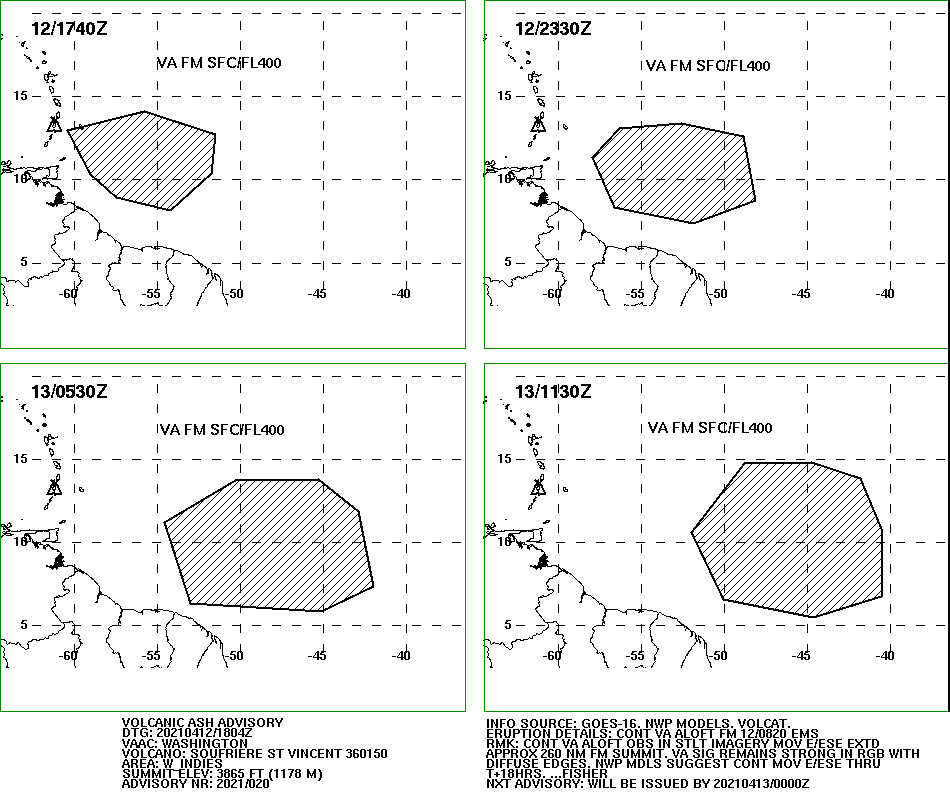
While heavy ash on its own will be quite catastrophic, scientists say the immediate most dangerous threat is from the pyroclastic flows coming from the volcano. Robertson said even the most well built structure cannot survive a pyroclastic blast moving through a community.
“Anything that was there, man, animal, anything …they are gone,” Robertson said, describing how catastrophic the pyroclastic blasts are.
Robertson says this eruption is showing some similar signs as the 1902-1903 eruption which killed 1,680. That violent eruption episode lasted 10 months and happened concurrently with the eruption of Mount Pelee on nearby Martinique that killed 29,000. Other eruptions at La Soufriere happened in 1718, 1812, and 1979, but it appears that 2021 could be the worst yet.
St. Vincent and the Grenadines are home to about 100,000 people, of which 16,1000 were in a mandatory evacuation zone. As of this morning, more than 3,500 were in 84 government shelter sites on the southern side of the island of St. Vincent.
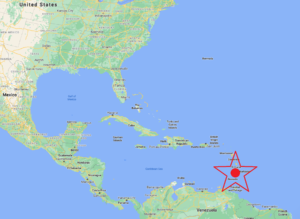
La Soufriere is the only active volcano on the island of St. Vincent in the Caribbean. The volcano rises 3,864 feet above sea level.
The eastern Caribbean is no stranger to volcanic activity. 17 of the region’s 19 active volcanoes are located on 11 islands, with another 2 currently under water near the island of Grenada. The eastern Caribbean’s most active volcano prior to today’s explosive eruption was Soufriere Hills in Montserrat. Soufriere Hills destroyed the capital of Plymouth and killed 19 people when it erupted in 1997. That volcano has been continuously erupting since 1995